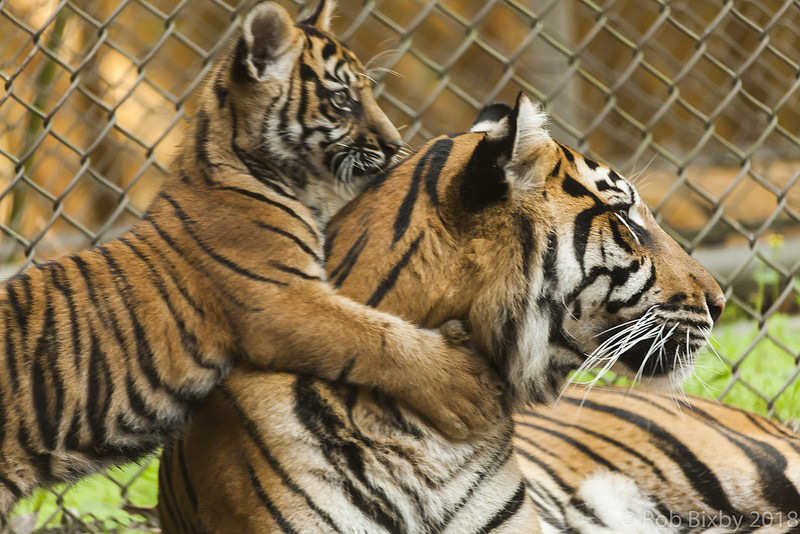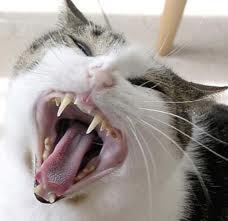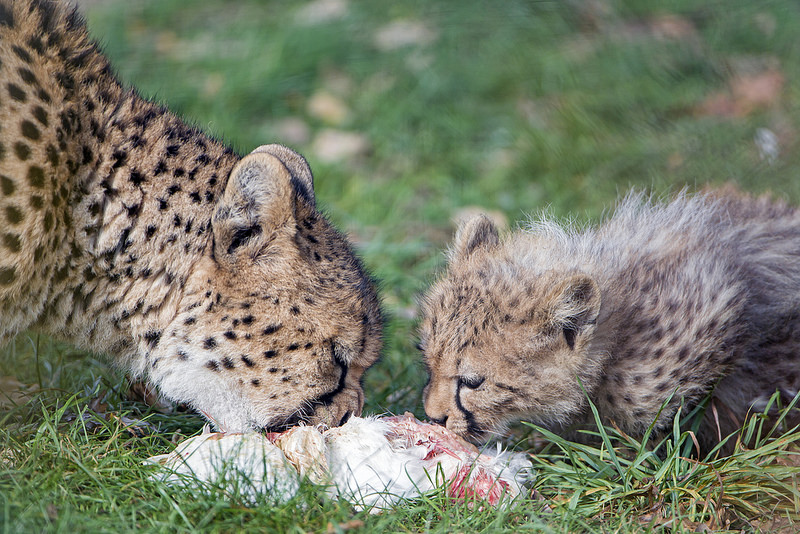THE FOOD CHAIN
ENVIRONMENTAL SCIENCE
Energy Flow Through the Ecosystem
PowerPoint SLIDE SHOW
Remember that energy can’t be created or destroyed. It can only change form.
Energy changes form as it moves through ecosystems.
Energy changes form as it moves through ecosystems.
The Flow of Energy
|
Most ecosystems get their energy from the Sun. Photosynthetic organisms, like plants, are able to make carbohydrates from carbon dioxide, water and sunlight through the process of photosynthesis. These organisms are called "autotrophs" or "producers" and they make up the most fundamental level of the food chain.
|
Only producers can use sunlight to make usable energy.
Producers convert the sunlight into chemical energy or food.
The food energy created by producers is then passed through the food chain.
Producers convert the sunlight into chemical energy or food.
The food energy created by producers is then passed through the food chain.
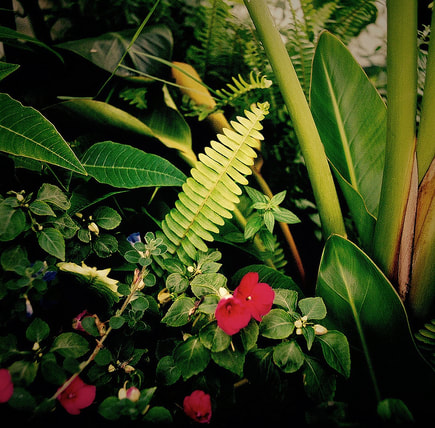
Food Chains
- A food chain is a simple diagram that shows how energy flows through an ecosystem.
- Producers form the base of all food chains.
- The consumers that eat producers are called primary consumers.
- The consumers that eat primary consumers are secondary consumers.
- The consumers that eat secondary consumers are tertiary consumers.
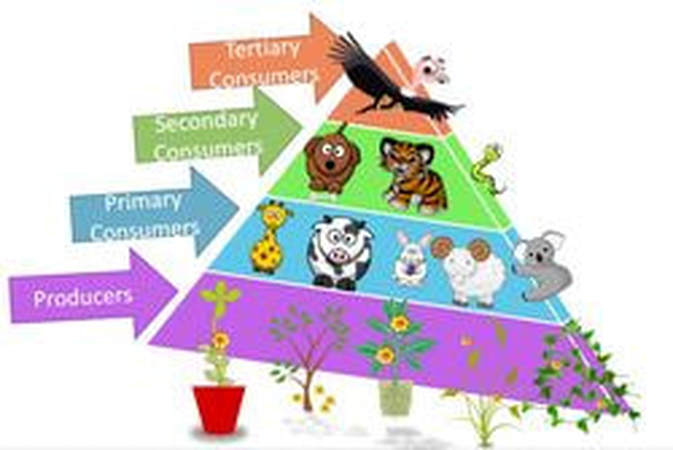
- At each level of a food chain, a lot of energy is lost.
- Only about ten percent of the energy passes to the next level.
- Where does that energy go?
- Some energy is given off as heat.
- Some energy goes into animal wastes.
- Energy also goes into growing things that another consumer can't eat, like fur.
- It's because so much energy is lost that most food chains have just a few levels. There’s not enough energy left for higher levels.
- Food Webs
- Food chains are too simple to represent the real world.
- They don’t show all the ways that energy flows through an ecosystem.
- A more complex diagram is needed called a food web.
- A food web consists of many overlapping food chains.


